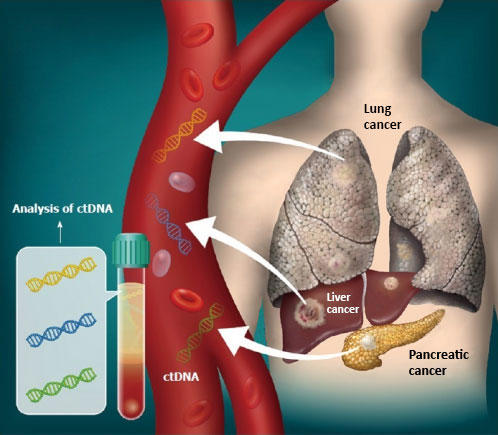Smart windows are becoming a key focus in the push for energy-efficient buildings and sustainable architecture. These windows can dynamically adjust their properties to control light and heat, improving comfort while reducing energy costs. While traditional smart window technologies have been effective in managing either heat or light, they have limitations in simultaneously controlling both visible light and infrared (IR) radiation. New research introduces an innovative solution that promises to overcome these challenges, creating a more efficient and versatile smart window system.
In a recent study published in Journal of Photonics for Energy (JPE), scientists demonstrated a novel approach combining liquid crystals (LCs) and nanoporous microparticles (NMPs) to create a smart window technology capable of controlling both visible light and infrared radiation. The key innovation involves adding a small concentration of NMPs to nematic LCs, resulting in a thin device that can rapidly change its transparency. To further enhance performance, the team integrated a vanadium dioxide (VO2) metamaterial surface into the system, created using an ultrashort pulsed laser to pattern the VO2 film. This combination allows the device to control both heat and light by adjusting its transparency in response to voltage or temperature.
The patterned VO2 layer serves two important purposes: it helps align the liquid crystals in a way that improves their function, and it enhances the window's ability to block IR radiation. The addition of NMPs helps improve the device's response speed while reducing the amount of material needed. The resulting smart window system offers a high-speed, low-energy solution for managing heat and visibility, marking a significant step forward in the development of next-generation smart window technologies.
Corresponding author Ibrahim Abdulhalim, professor at Ben-Gurion University of the Negev, remarks, "Overall, the hybrid device represents a significant advancement in smart window technology, offering a comprehensive solution for energy-efficient and comfortable indoor environments." The authors note that future developments are needed to bring it to a practically valuable smart window, including improved nanopattern design to optimize the VO2 thermochromic properties.
For details, see the original article by S. Barinova et al., " Smart window based on integration of nanoporous microparticles in liquid crystal composite with metamaterial nanostructured VO2 film ," J. Photon. Energy 14(4) 048001 (2024), doi: 10.1117/1.JPE.14.048001 .






